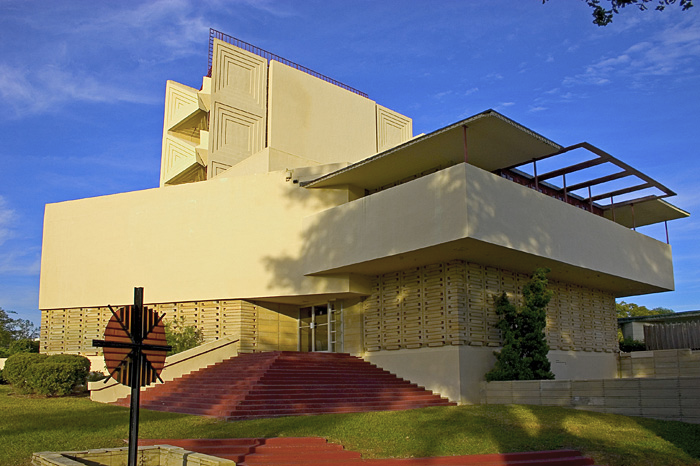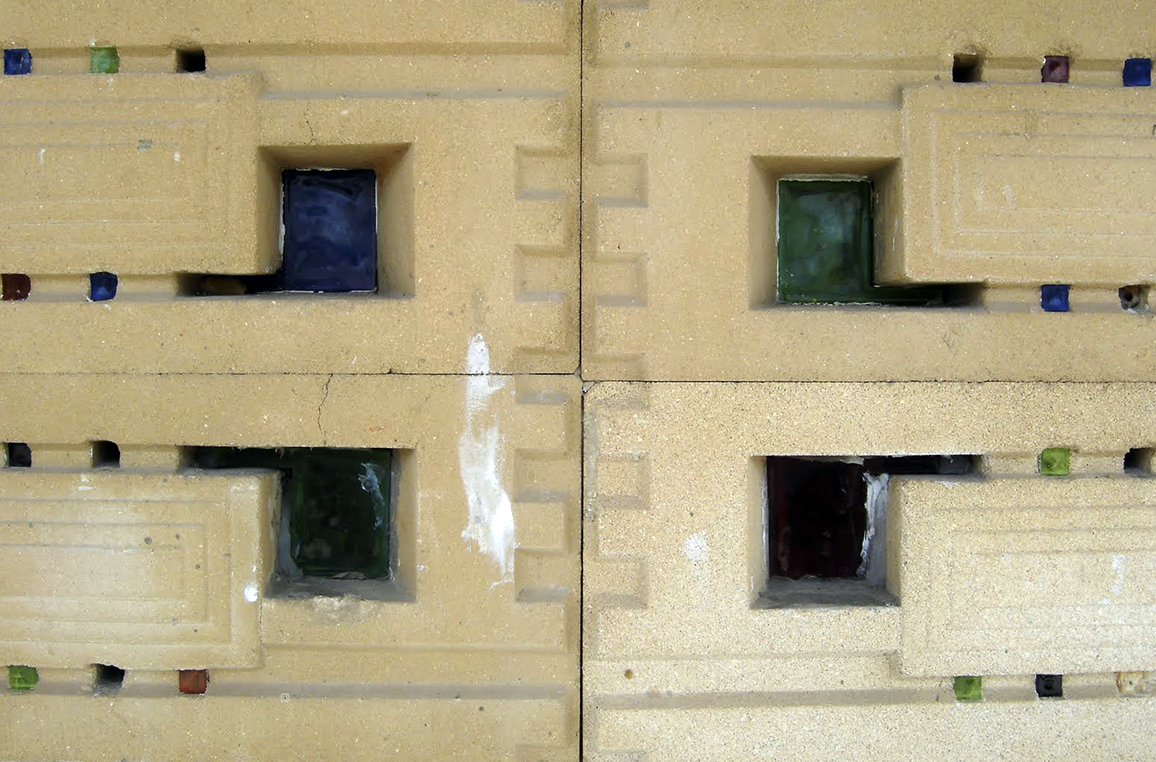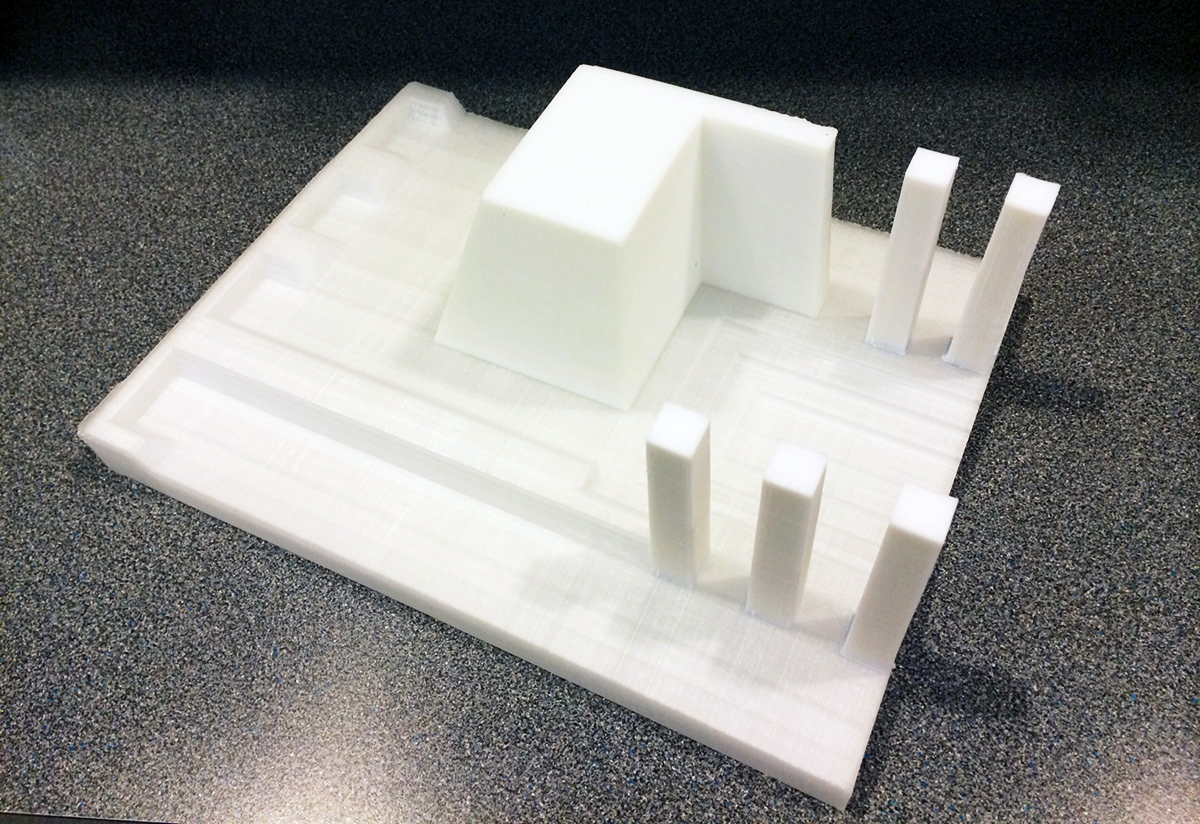The Annie Pfeiffer Chapel is the first of twelve structures designed by the iconic architect Frank Lloyd Wright for the Florida Southern College campus, many of which have not been aging well in the Florida climate. But thanks to 3D printed molds, the historic chapel walls, made from textile blocks designed by Wright himself, are finally being restored and repaired.
The repairs are thanks to a $50,000 grant from the Florida Division of Historical Resources and an additional $350,000 grant from Save America’s Treasures program. The restoration project was headed up by Jeff Baker of Mesick Cohen Wilson Baker Architects, who was charged with repairing a balcony and restoring the intricate brick patterns that surround the structure. Most of the damage is on the west wall of the chapel, which is also the most difficult to repair due to the extremely intricate and complex brick positioning.
The handmade bricks used in many of Wright’s designs came from commercially available materials that he modified to suit his aesthetic. He chose them because he wanted to take what he called ugly construction materials and make beautiful things out of them in order to inspire others. Unfortunately the readily available brick materials are ill suited to many of the structures that Wright used them in and have not been aging very well.
The Annie Pfeiffer Chapel was constructed using student labour in the late 1930’s, who created 6,000 of the tapestry blocks from concrete. Many of them were uniquely created for a specific part of the wall. Replacing a damaged brick would have required a costly mold to be handmade for most individual bricks.
But with the help of a MakerBot and a Rostock Max V2, Baker and his restoration team were able to create 3D printed molds – which are cheaper and far quicker to make – to recreate the bricks and insert over 2,000 pieces of colored glass. These glass inserts match Wrights original design, intended to mimic a jewel box when inside of the structure.
The restoration process took about twelve months to conclude, and that included time to study the best way to repair the bricks, and what part of the wall to focus on first. Only the worse of the damaged bricks were restored, however according to Baker eventually all of the bricks will be replaced. And not just the bricks in the chapel, but the bricks in many of Wright’s prototypical designs.
“The success found on this project is a milestone not only in the restoration of Frank Lloyd Wright buildings on the FSC campus but also for similar textile block projects designed by Wright and other architects throughout the nation,” Baker explained.
The Save America’s Treasures program is a five year restoration project funded by the National Parks Service. The entire collection of Frank Lloyd Wright buildings on the Floridian campus was declared a National Historic Landmark in 2012, making them eligible for the restoration grants.






